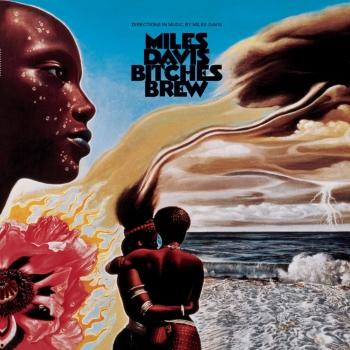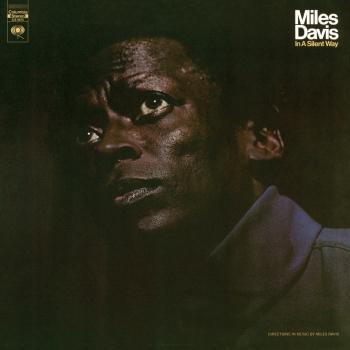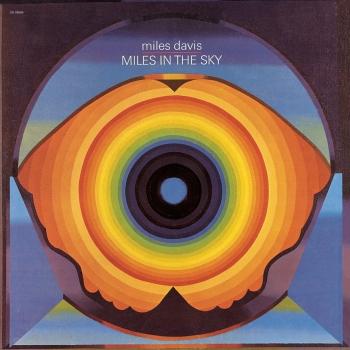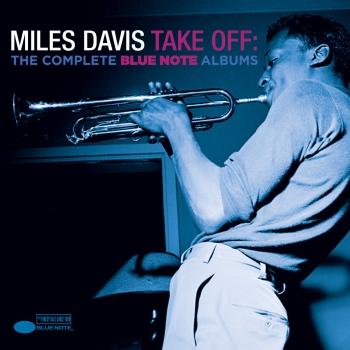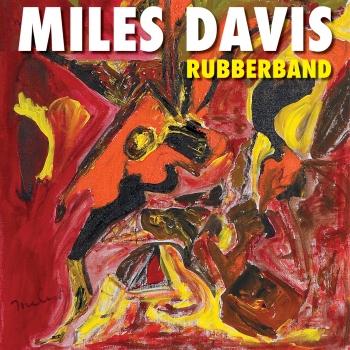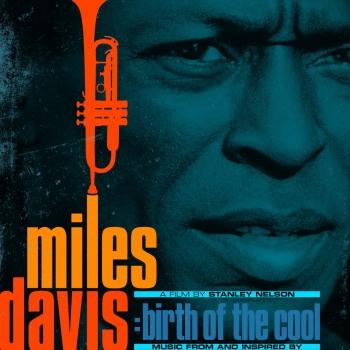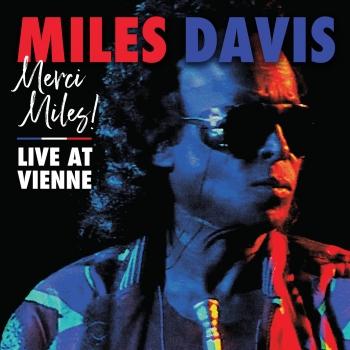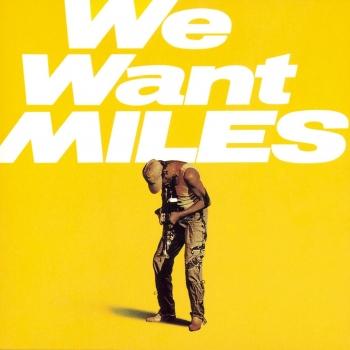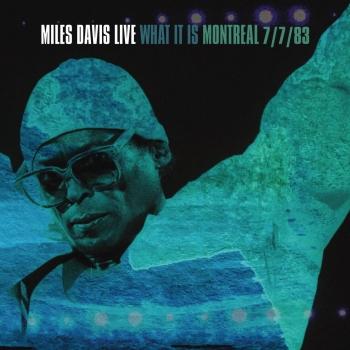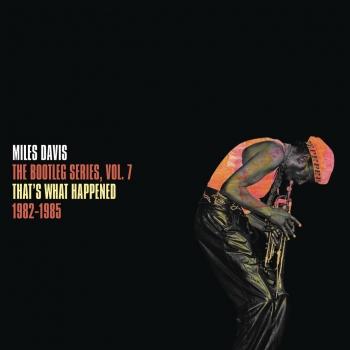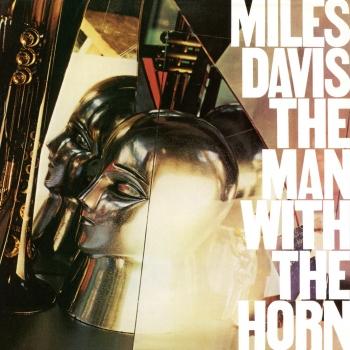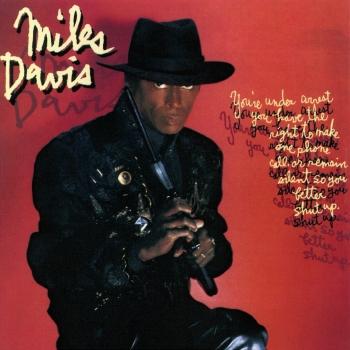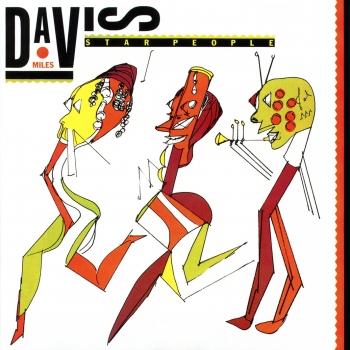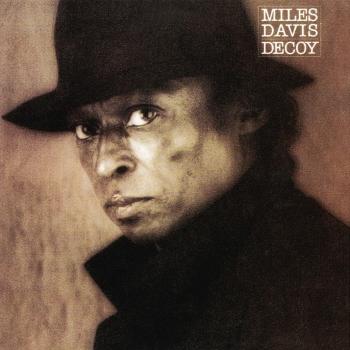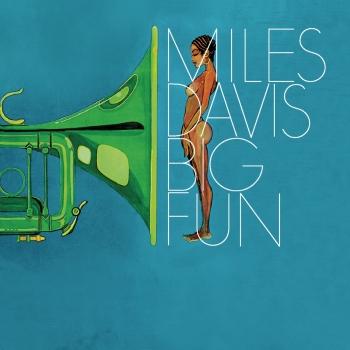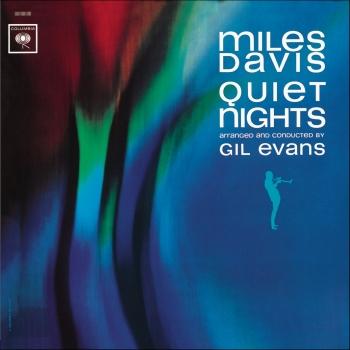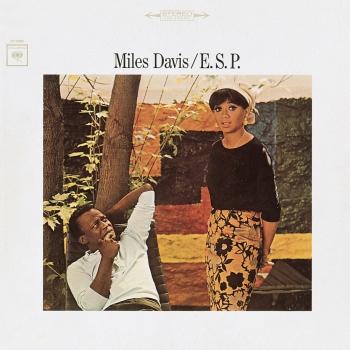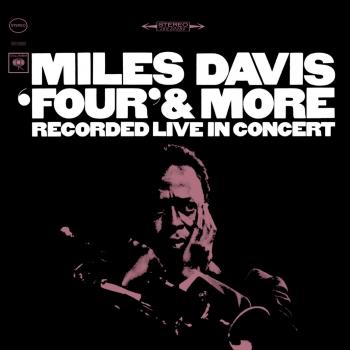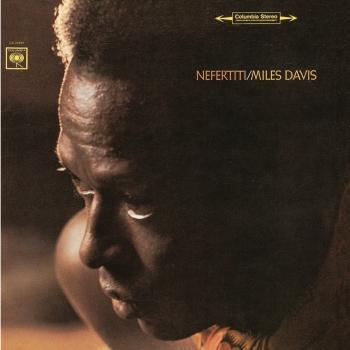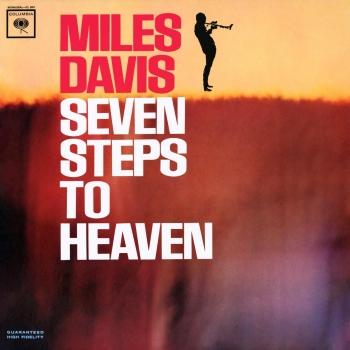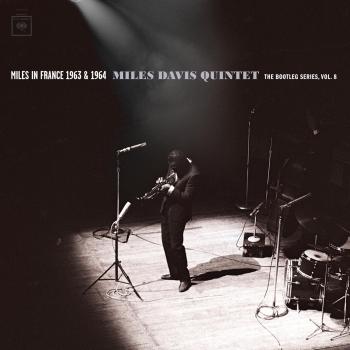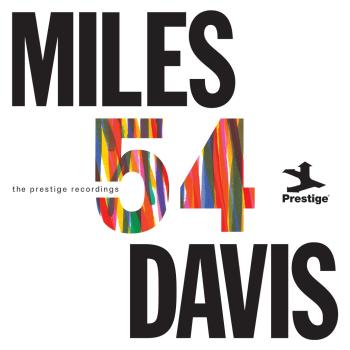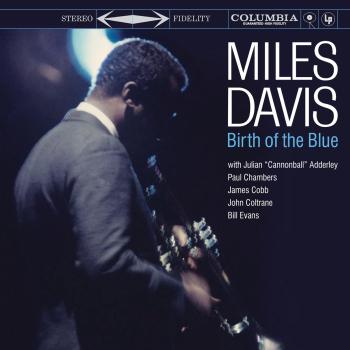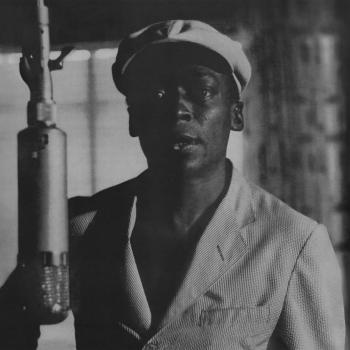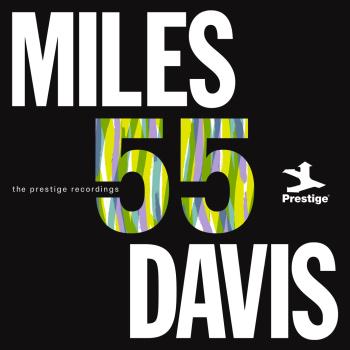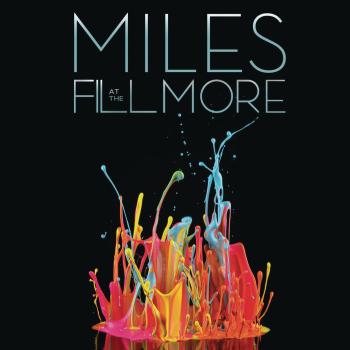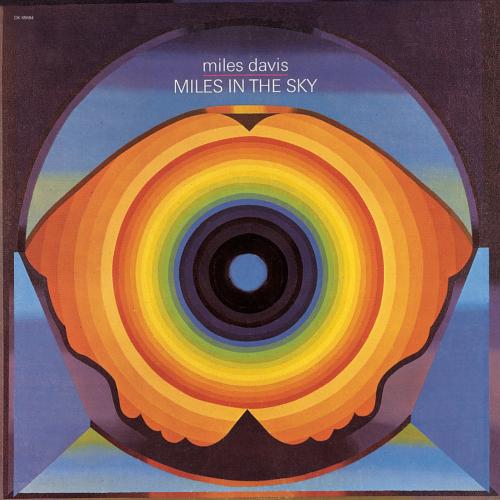
Miles in the Sky (Remastered) Miles Davis
Album info
Album-Release:
1968
HRA-Release:
25.01.2019
Album including Album cover
I`m sorry!
Dear HIGHRESAUDIO Visitor,
due to territorial constraints and also different releases dates in each country you currently can`t purchase this album. We are updating our release dates twice a week. So, please feel free to check from time-to-time, if the album is available for your country.
We suggest, that you bookmark the album and use our Short List function.
Thank you for your understanding and patience.
Yours sincerely, HIGHRESAUDIO
- 1 Stuff 16:56
- 2 Paraphernalia 12:36
- 3 Black Comedy 07:25
- 4 Country Son 13:49
Info for Miles in the Sky (Remastered)
An electrifying experience as Davis moves away from his traditional quintet sound toward a more jazz/rock feel later to be known as fusion. Illuminated by Herbie Hancock's Fender Rhodes, along with a guest appearance by George Benson on Paraphernalia.
Clive Davis, the new head of Columbia, understood the implications of the rise of pop, rock, and folk music. He strongly urged the jazzmen in his catalogue to evolve or to leave. Both intrigued and scornful of the white man’s music, Miles was inspired to take up the challenge and leave the ghetto of popular black music—soul and funk—to which he felt rock music was indebted. Beginning in December 1967, he experimented in the studio, much like the Beatles, letting the tapes turn continuously and leaving the editing to his producer Teo Macero. He imposed an electrical keyboard on Herbie Hancock and frequently called in a guitarist. Taking the initiative again, he wrote two titles: “Country Son,” with its contrasting moods, and “Stuff,” unabashedly funk, with Ron Carter on the electric bass guitar. On “Paraphernalia,” Wayne Shorter continued to explore his imaginary constructions which George Benson’s guitar (à la Wes Montgomery) coarsened, while Tony Williams invented paranormal computations in “Black Comedy.” The album was entitled Miles In The Sky, with a nod to the Beatles’ song “Lucy In The Sky With Diamonds.”
"With the 1968 album Miles in the Sky, Miles Davis explicitly pushed his second great quintet away from conventional jazz, pushing them toward the jazz-rock hybrid that would later become known as fusion. Here, the music is still in its formative stages, and it's a little more earth-bound than you might expect, especially following on the heels of the shape-shifting, elusive Nefertiti. On Miles in the Sky, much of the rhythms are straightforward, picking up on the direct 4/4 beats of rock, and these are illuminated by Herbie Hancock's electric piano -- one of the very first sounds on the record, as a matter of fact -- and the guest appearance of guitarist George Benson on "Paraphernalia." All of these additions are tangible and identifiable, and they do result in intriguing music, but the form of the music itself is surprisingly direct, playing as extended grooves. This meanders considerable more than Nefertiti, even if it is significantly less elliptical in its form, because it's primarily four long jams. Intriguing, successful jams in many respects, but even with the notable additions of electric instruments, and with the deliberately noisy "Country Son," this is less visionary than its predecessor and feels like a transitional album -- and, like many transitional albums, it's intriguing and frustrating in equal measures." (Stephen Thomas Erlewine, AMG)
Miles Davis, trumpet, cornet on "Stuff" and "Country Son"
Wayne Shorter, tenor saxophone
Herbie Hancock, piano, electric piano on "Stuff"
Ron Carter, bass, electric bass on "Stuff"
Tony Williams, drums
George Benson, electric guitar on "Paraphernalia"
Recorded January 16 and May 15–17, 1968 at Columbia Studio B in New York City
Produced by Teo Macero
Digitally remastered
Trumpeter Miles Davis grew up in East St. Louis, Illinois, just across the river from St. Louis, Missouri. His parents were affluent, and had the means to support his musical studies as a boy. He began playing the cornet at age nine, and received his first trumpet at around twelve or thirteen. He studied classical technique, and focused mainly on using a rich, clear tone, something that helped define his sound in later years.
As a teenager, he played in various bands in St. Louis, which was rich with jazz, as big bands often stopped there on tours throughout the Midwest and southern states. The most important experience he had was when he was asked to play in the Billy Eckstine band for a week as a substitute. The group included Charlie Parker, Dizzy Gillespie, and Sara Vaughan. After playing with these stars, Davis knew he had to move to New York to be at the heart of the jazz scene.
In Pursuit of Parker:
In 1944 Davis moved to New York City where he had earned a scholarship to study trumpet at the Juilliard School of Music. Upon arriving however, he sought after Charlie Parker, and meanwhile spent all of his time in jazz clubs listening to bebop. He was transfixed on the music, and grew utterly bored with his classical studies. After less than a year at Juilliard, he dropped out and tried his hand at performing jazz.
Although not particularly stunning, his playing was good enough to finally attract Charlie Parker, and Davis joined his quintet in 1945. He was often criticized for sounding inexperienced, and was compared unfavorably to Dizzy Gillespie and Fats Navarro, who were the leading trumpeters at the time. Both boasted stellar technique and range, neither of which Davis possessed. In spite of this, he made a lasting impression on those who heard him, and his career was soon set aloft.
Cool Jazz and a Rise to Fame:
Encouraged by composer and arranger Gil Evans, Davis formed a group in 1949 that consisted of nine musicians, including Lee Konitz and Gerry Mulligan. The group was larger than most bebop ensembles, and featured more detailed arrangements. The music was characterized by a more subdued mood than earlier styles, and came to be known as cool jazz. In 1949 Davis released the album Birth of the Cool (Captiol Records).
Change of artistic direction became central to Davis’ long and increasingly influential career. After dabbling in hard bop as a leader on four Prestige recordings featuring John Coltrane, he signed with Columbia records and made albums that featured Gil Evans’ arrangements for 19-piece orchestra. These were Miles Ahead, Porgy and Bess, Sketches of Spain, and Quiet Nights. He rose in popularity with these recordings, in part due to his signature sound, which he often enhanced by using a Harmon mute.
Kind of Blue and Beyond:
In 1959 Davis made his pivotal recording, Kind of Blue. It was a departure from all of his previous projects, abandoning complicated melodies for tunes that were sometimes only composed of two chords. This style became known as modal jazz, and it allows the soloist expressive freedom since he does not have to negotiate complex harmonies. Kind of Blue also featured John Coltrane, Cannonball Adderley, and Bill Evans. The album is one of the most influential in jazz, and is Columbia Records’ best-selling jazz record of all time.
In the mid 1960s Davis changed directions again, forming a group with Herbie Hancock, Wayne Shorter, Tony Williams, and Ron Carter. This group was known for the excellence of each individual member, and also for its unique performance approach. Each night the tunes would sound different, as the musicians would sometimes only loosely adhere to the song structures, and often transition from one right into the next. Each player was given the chance to develop his solos extensively. Like all of Davis’ previous groups, this quintet was highly influential.
Late Career:
Despite health problems, drug addiction, and strained personal relationships, Davis continued to play, changing his approach with each new project. In the late 60s and 70s, he began to experiment with electronic instruments, and grooves that were tinged with rock and funk music. Two famous recordings from this period are In a Silent Way and Bitches Brew. By the time the 1980s rolled around, Davis was not only a jazz legacy, but a pop icon, whose music, persona, and fashion style were legendary.
Davis died in 1991, as perhaps the most influential jazz artist ever. His vast body of work continues to be a source of inspiration for today’s musicians. (Jacob Teichroew, About.com Guide)
This album contains no booklet.










